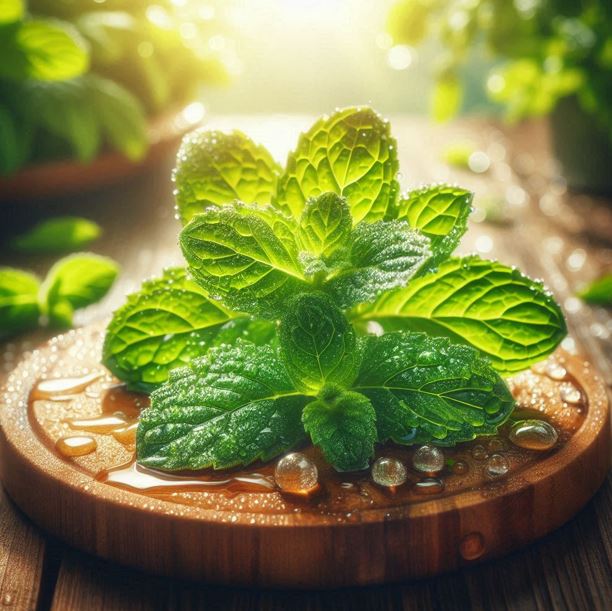Introduction: The Magic of Curry Leaves
Often
underestimated as just a kitchen ingredient, curry leaves (known as kadi
patta in Hindi) are actually a powerhouse of nutrients. These fragrant
green leaves are not only essential in Indian cooking for their flavor, but
they also hold numerous health, hair, and skin benefits backed by both
Ayurveda and modern science.
Let’s
dive into the many ways curry leaves can enrich your life naturally.
1. Rich in Nutrients
Curry
leaves are loaded with essential nutrients like:
- Vitamin A, B, C, and E
- Calcium and iron
- Antioxidants and alkaloids
These
components help fight free radicals, reduce oxidative stress, and boost overall
immunity.
2. Improves Digestion and Gut Health
Curry
leaves stimulate digestive enzymes and help regulate bowel movements. They're
especially effective in relieving:
- Constipation
- Gas and bloating
- Indigestion
👉
Tip: Chew a few raw curry leaves every morning on an empty stomach for best
results.
3. Helps Manage Diabetes
Studies
show that curry leaves help regulate blood sugar levels by affecting
insulin activity and improving carbohydrate metabolism. This makes them a
valuable natural support for people with type 2 diabetes.
4. Promotes Weight Loss
Curry
leaves may assist in weight loss by:
- Reducing bad cholesterol
(LDL)
- Improving digestion and fat
breakdown
- Detoxifying the body
You can
add dried curry leaf powder to your smoothies or drink curry leaf tea
regularly.
5. Supports Heart Health
The
antioxidants and alkaloids in curry leaves help:
- Lower cholesterol
- Protect heart tissues from
oxidative damage
- Reduce the risk of heart
diseases
6. Enhances Hair Growth and Reduces Hair Fall
Curry
leaves are rich in beta-carotene and proteins, which:
- Strengthen hair roots
- Reduce hair thinning
- Treat dandruff and dry scalp
💡
Try boiling curry leaves in coconut oil and applying it to your scalp 2–3 times
a week.
7. Slows Down Premature Graying
Curry
leaves help retain the natural pigmentation of hair and can delay the onset of
gray strands. Mix curry leaf paste with yogurt or oil and use it as a hair
mask.
8. Improves Vision
Thanks to
their high vitamin A content, curry leaves support eye health and may
help prevent conditions like night blindness and cataracts.
9. Heals Wounds and Infections
Curry
leaves have anti-bacterial, anti-fungal, and anti-inflammatory properties.
They can be used in poultices or pastes to treat:
- Minor cuts
- Burns
- Skin infections
10. Supports Healthy Skin
When
applied topically or consumed regularly, curry leaves can:
- Reduce acne and blemishes
- Detox the skin from within
- Promote a healthy glow
Make a
face mask using crushed curry leaves and turmeric for a natural skincare boost.
How to Use Curry Leaves Daily
- Raw: Chew 5–8 leaves every
morning
- Tea: Boil 10–15 leaves in water
with lemon and honey
- Oil: Infuse with coconut or
castor oil for hair use
- Powder: Add dried leaf powder to
smoothies or curries
- Face Mask: Mix with honey, turmeric,
or aloe vera
Precautions
- Curry leaves are generally
safe but should be consumed in moderation.
- If pregnant, nursing, or
under medication, consult your doctor before using them medicinally.
Conclusion: A Simple Leaf with Powerful Benefits
Whether you're looking to boost your immunity,
strengthen your hair, or improve your digestion, curry leaves are a natural and
affordable remedy that deserves a permanent spot in your kitchen and wellness
routine. Their age-old wisdom, rooted in Ayurveda and now confirmed by science,
makes them a green gem worth embracing.









